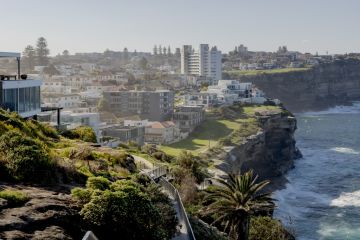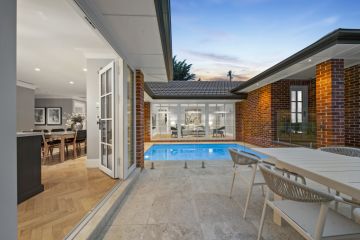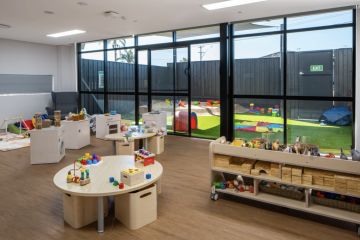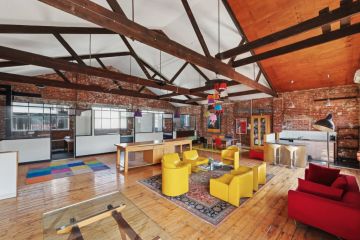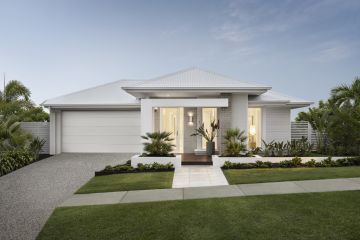Think Brick Awards 2018 recognise ingenious design using one of the world's oldest materials
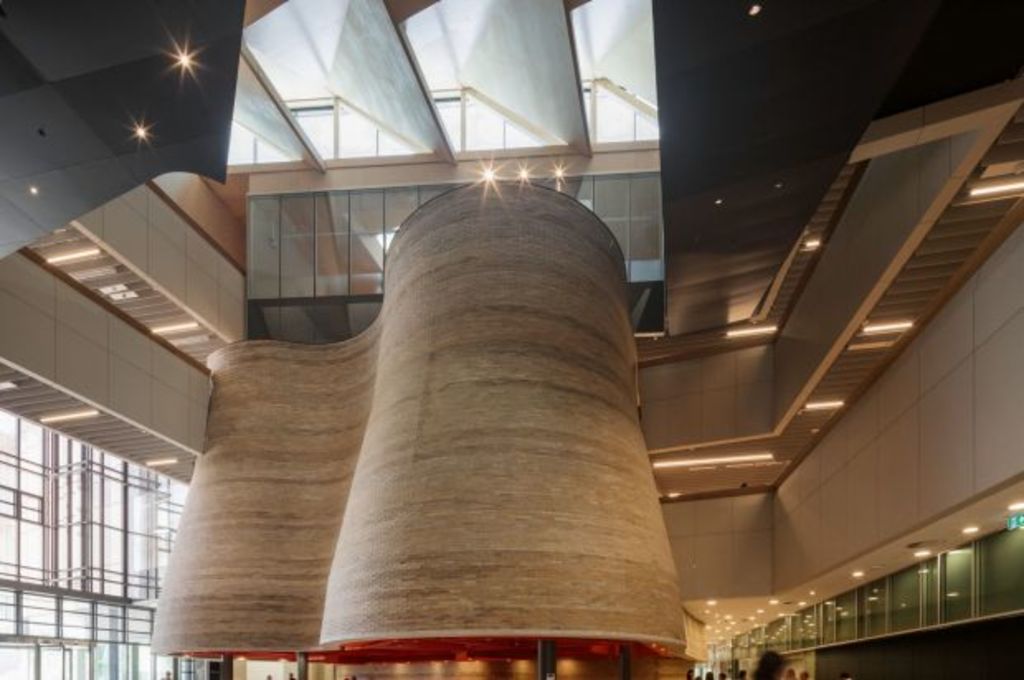
Looking over some of the winning work in the 12th annual Think Brick Awards announced last night in Melbourne, you could almost say that in making bricks and mortar appear to be so surprisingly lithe, they’re now just showing off.
It’s incredible that one of the most enduring of man-made building materials can be used, as the 2018 award jury put it about one of the co-winning entries of the six name awards, “in a fabric-like way”.
Referring to John Wardle Architects’ extraordinary curvaceous and apparently hovering brick-faced “kilns” in the foyer of Monash University’s new $225 million Learning and Teaching Building in the south-eastern suburb of Clayton, the jury decided it was a case of “geology meets the woolly jumper”.
Texture and sonorous form were also what the other joint winner of the Horbury Hunt Commercial Award provided with the undulating facades of the new, three-building complex that makes up the $194 million Australian Embassy in Bangkok.
The old Brisbane firm BVN — which, after 90 years, has incredible reach inside Australia and internationally — used three different brick colours: dark earth, terracotta and blue/black to differentiate the three buildings that co-exist with water features, greenery and a lagoon in the capital city compound.
Promoting the product of the $2.8 billion Australian brick and tile-making industry, Think Brick chief executive officer Elizabeth McIntyre said this year’s Australia’s richest building design award (with actual folding money — $10,000 — part of each prize) had attracted 60 per cent more entries than last year.
And to encourage young firms to have a go in another forum where household-name practices tend to dominate, Think Brick this year added a new entrant award, which was won by Michael Bernacki and his Launceston studio, Honed Architecture and Design, for a long, low-set house made of polished concrete block work.
Designed to be shielded from the street but fully exposed to the Tamar River, the blade walls of the rigorously refined building have softening inserts of timber.
This project was one of two winning entries that reprised an appreciation for concrete block work that was last popularly used in the 1960s and ’70s.
In Melbourne’s Prahran, Ritz + Ghougassian used the material in a rear extension they added to a Federation house. To keep it private from a side laneway, its high perimeter and new internal and courtyard walls were built of variously articulated concrete block work.
Timber cabinetry provides a furniture-like counterpoint within a project the jury said “completely challenges the cliche that concrete blocks are banal, cold or utilitarian”.
Another Melbourne home, Apartment House by Kerstin Thompson Architects, made beautiful use of the retro reprise trend of “hit and miss” bricklaying, which is a bit like making bricks into a piece of crochet, to win the Horbury Hunt Residential Award.
The ageing-in-place home, which puts living quarters on the first level of the straightforward structure, is an attempt to reintroduce to Toorak a standalone brick house style which is progressively being bowled over. Counter-intuitive to its materiality, it draws inside “an abundance of natural light”.
Melbourne Zoo was mentioned in dispatches with the Bruce Mackenzie Landscape Award going to Ola Studio for a pledge wall in the multi-feature Predator Precinct. Mediating between a dated and dark brick barbecue pavilion and the landscape, the jury saw the peeling-away structure as “a beautiful union between masonry and a garden wall”.
While it’s hard to imagine how to make roof tiles the big feature of any building, Raffaello Rosselli did so for his father Luigi Rosselli’s new Surry Hills, Sydney, architectural studio not only by having the sun-screening facade of roof tiles laid in unconventional patterns, but by using demolition material that otherwise would have gone to landfill.
The already much-admired Beehive that won the Roof Tile Excellence Award blew this jury away. They saw it as “an essay in tactility and authenticity where the architects had a real understanding of the product”.
Horbury Hunt Commercial Award
Joint Winners
- Australian Embassy – Bangkok by BVN
- Learning & Teaching Building – Monash University, Clayton Campus, John Wardle Architects
Horbury Hunt Residential Award
- Apartment House by Kerstin Thompson Architects
Bruce Mackenzie Landscape Award
- Melbourne Zoo – Predator Precinct Pledge Wall by Ola Studio
Kevin Borland Masonry Award
- Highbury Grove by Ritz & Ghougassian
Robin Dods Roof Tile Excellence Award
- The Beehive by Raffaello Rosselli with Luigi Rosselli Architects
New Entrant Award
- Kardinya Close by Honed Architecture + Design
We recommend
We thought you might like
States
Capital Cities
Capital Cities - Rentals
Popular Areas
Allhomes
More
